
Realism and Its Journey Across Continents
Chosen theme: Realism and Its Journey Across Continents. From Parisian ateliers to Lagos markets and Kolkata lanes, we follow how artists and writers turned toward ordinary lives, urgent truths, and stubborn facts. Read on, subscribe, and share your own realist favorites from your corner of the world.
Roots of Realism: Europe’s Turning Point
After 1848, streets filled with workers and uncertainty. Painters and novelists asked: what does life actually look like now? Brick dust, ledger books, worn hands, and crowded rooms became worthy subjects, demanding clear eyes and unflinching prose.
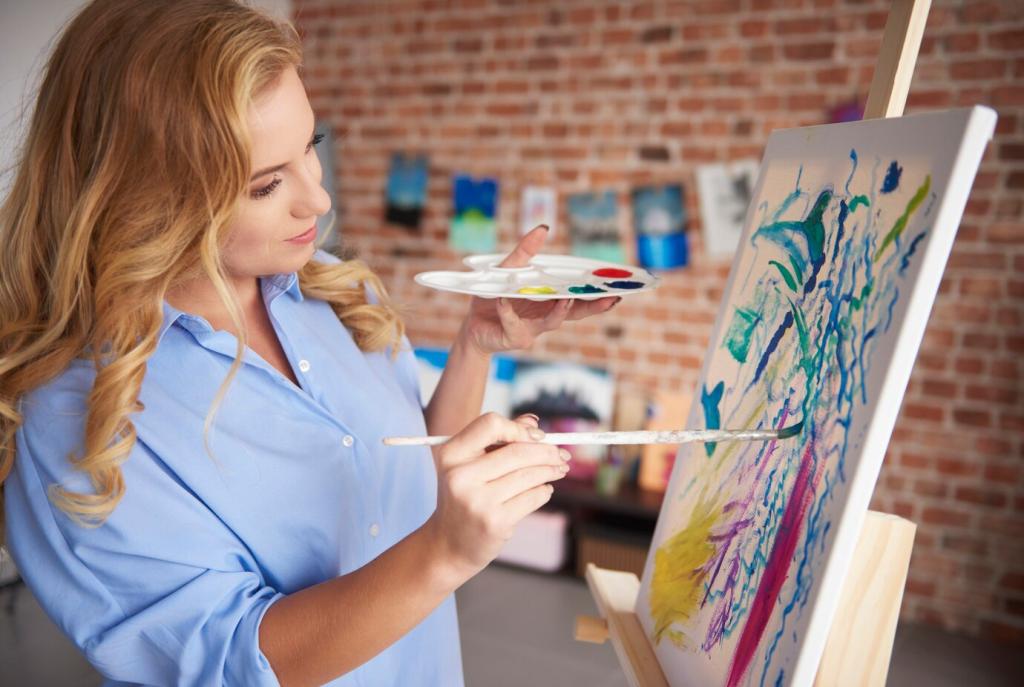
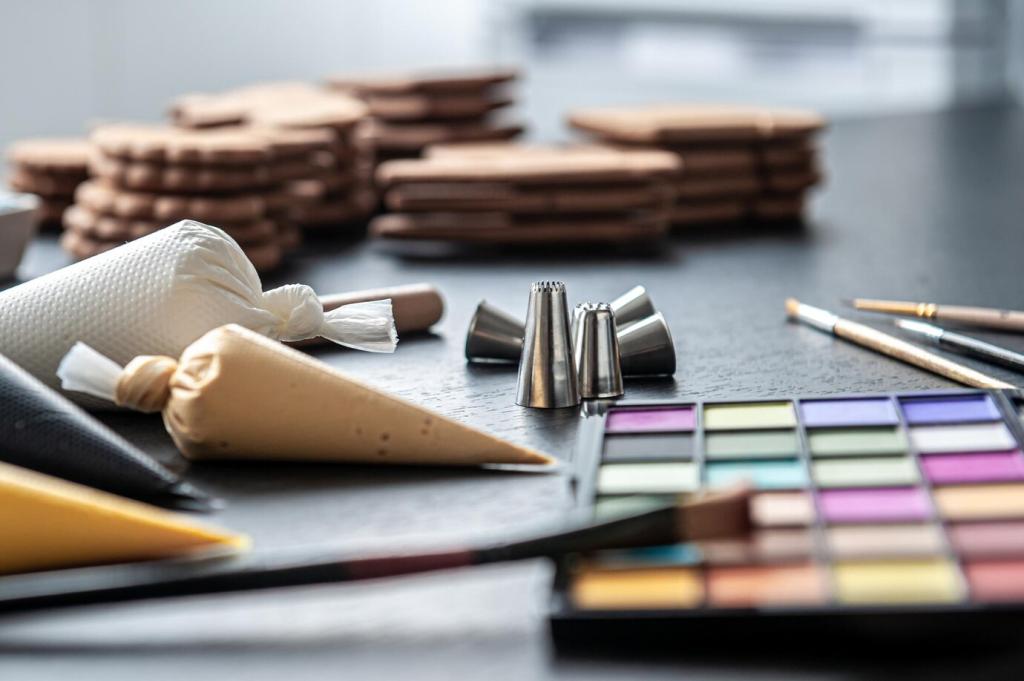
Roots of Realism: Europe’s Turning Point
When official salons hesitated, Gustave Courbet built his own Pavilion of Realism in 1855, insisting that real people and real labor deserved canvas space. His stand invited Europe to value miners, stonebreakers, and villagers without allegorical costumes.
Eastward Currents: Russia and Its Neighbors
The 1861 emancipation reshaped daily life, and literature followed. Tolstoy measured conscience against history, while Dostoevsky probed psychology in cramped rooms. Realism here meant responsibility: to portray people wrestling with freedom’s cost and society’s promises.
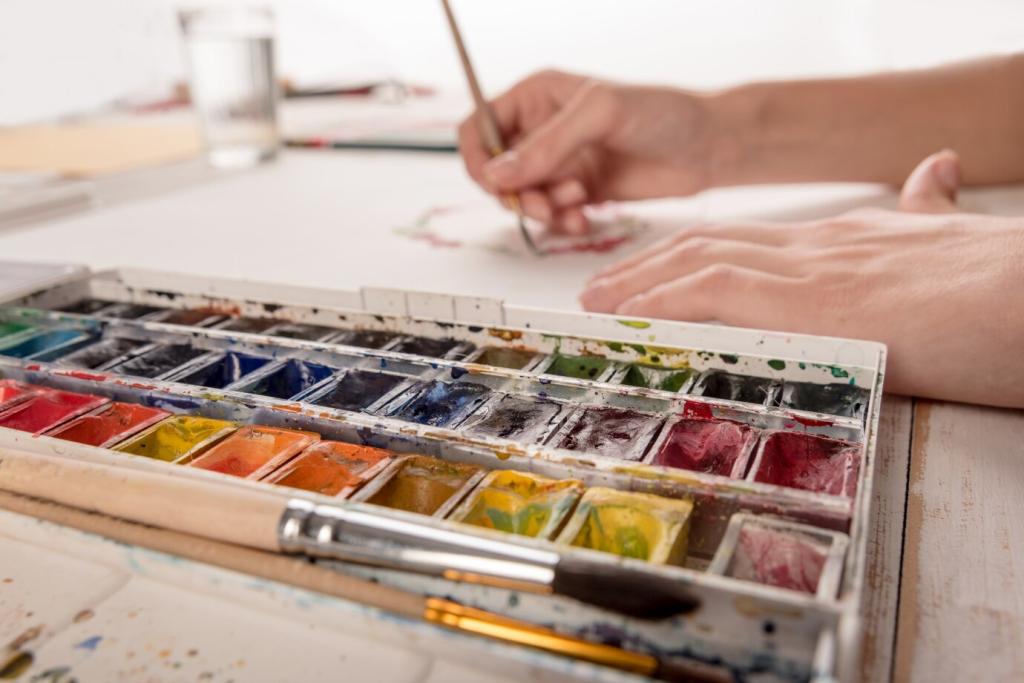
Crossing the Atlantic: The Americas Shape Realism
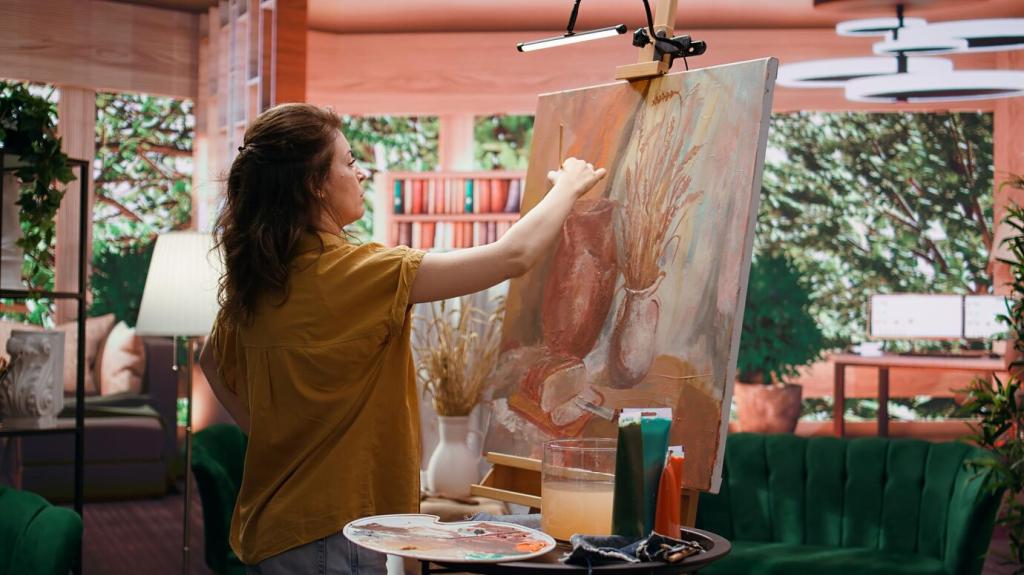
Gritty cityscapes and the Ashcan School
New York’s Ashcan painters sketched barrooms, boxing rings, and newsboys. Their canvases smelled of ink and steam. Viewers recognized themselves not as heroes, but as neighbors. Share a city scene that deserves realist paint today.

Voices of the people: Twain, Howells, Crane
American prose distilled regional speech and social tension. Twain’s river talk, Howells’s moral debates, and Crane’s war immediacy insisted on experience over ornament. Realism became a passport stamped by dialects, deadlines, and newsroom urgency.
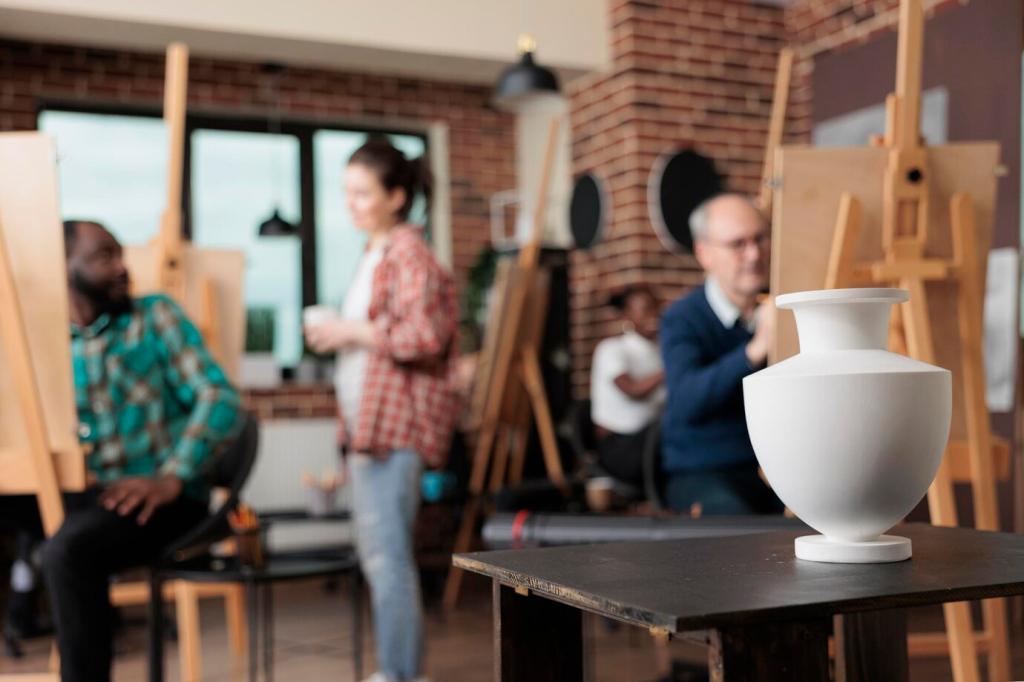
Murals as public epics
In Mexico, Rivera, Orozco, and Siqueiros made history lessons colossal and communal. Workers towered over plazas, not palace myths. Their social realism urged passersby to look up, remember labor, and consider power’s scaffolding.
Asian Pathways to Realism
Premchand’s farmers faced debt and dignity, while Satyajit Ray’s Pather Panchali used nonprofessional actors and natural light to honor fragile childhood. Realism here listened first, letting monsoon, hunger, and laughter write their own lines.
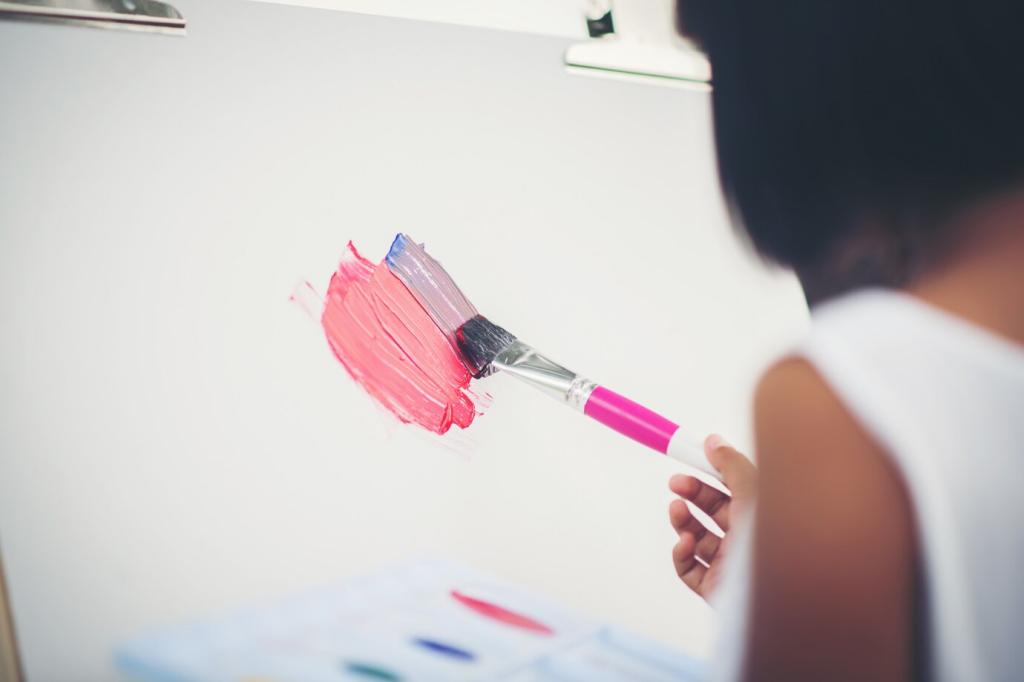
Asian Pathways to Realism
Lu Xun’s sharp tales cut through ceremony, exposing hypocrisy and yearning during rapid change. Journals and student circles spread realist forms, inviting readers to question habit, hierarchy, and whether truth might begin in the street outside.
African Lenses on the Real
Chinua Achebe placed community, proverb, and consequence at the center, refusing stereotypes. Realism here meant reclaiming narrative authority. Which proverb from your family frames the real better than any textbook ever could?
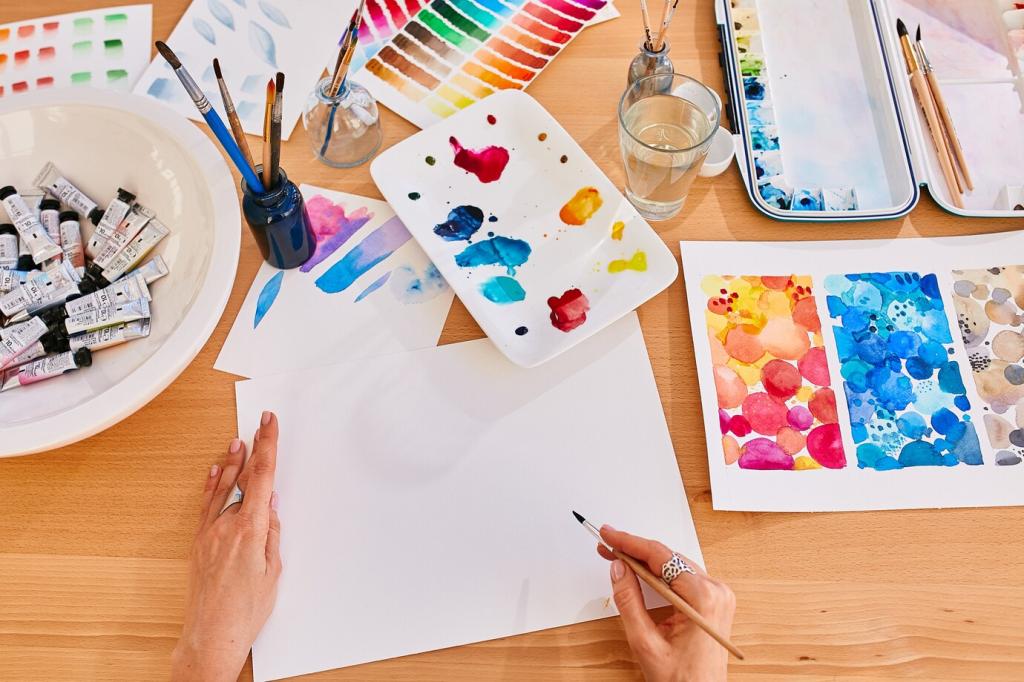

African Lenses on the Real
Ousmane Sembène’s films turned streets and docks into classrooms, letting laborers, mothers, and apprentices speak. Realism in film became a tool: to witness, to argue, to imagine change rooted in recognizable households and pay stubs.
New Mediums, New Roads: Realism Now
01
From plates to pixels
Early photographs challenged painters to look harder; today, phone cameras challenge all of us. Whether documenting a night shift or a rain-slick sidewalk, realism thrives when we notice and share without theatrical fog.
02
Neorealism’s lasting lessons
De Sica’s Bicycle Thieves, Ray’s quiet frames, and Iranian minimalism remind us: nonprofessional actors, real locations, and modest budgets can widen empathy. Tell us your favorite low-budget masterpiece that felt bigger than any blockbuster.
03
Join and shape the journey
What realist scene surrounds you right now—bus stop whispers, factory alarms, kitchen-table decisions? Comment with a snapshot or short paragraph. Subscribe for prompts, reading lists, and cross-continental conversations that keep realism alive and moving.
